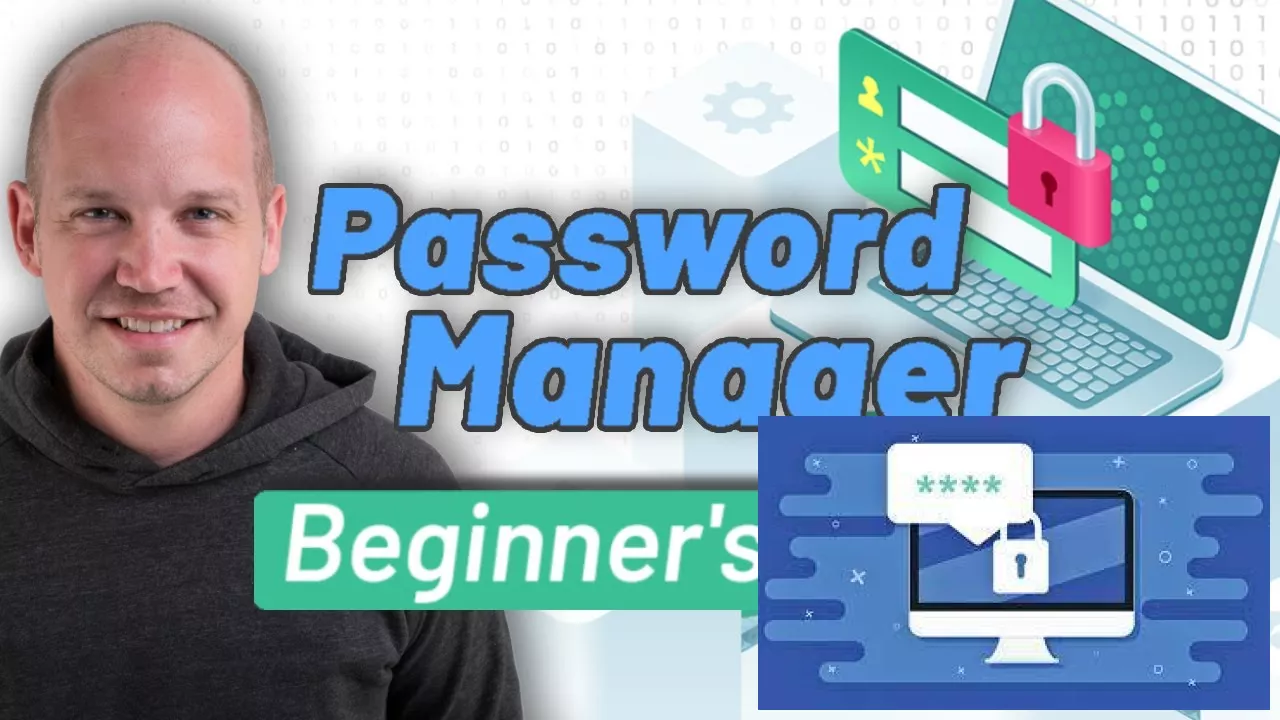Over 80% of data breaches are due to weak or reused passwords. This alarming statistic highlights the urgent need for better online security, particularly for those new to the digital world. Empowering yourself with knowledge is the first step towards a safer online experience.
This article is your guide to navigating the online world confidently, focusing on practical tips for beginners and older users concerned about scams. We will cover password managers, online safety for women, and strategies to minimize your digital stress.
Let's break down the essentials:
- Choose a strong, unique password for every account.
- Use a reputable password manager to store and generate secure passwords.
- Be wary of suspicious emails and links.
- Regularly update your software and operating system.
Understanding Password Managers: Understanding-Password-Managers
Think of a password manager as a digital vault for your online credentials. But how does it work? It's a simple yet powerful tool that generates, stores, and manages your passwords securely, eliminating the need to remember complex combinations. This simplifies the process of staying secure, making tech safety less stressful.
Choosing the Right Password Manager for You: Choosing-the-Right-Password-Manager
| Feature | Option A | Option B |
|---|---|---|
| Price | Free (limited features) | Paid (advanced features) |
| Platform Compatibility | Windows, MacOS | Windows, MacOS, iOS, Android |
| Security Features | Basic encryption | Multi-factor authentication, advanced encryption |
Online Safety Tips for Women: Online-Safety-Tips-For-Women
Women often face unique online threats. Therefore, extra vigilance is crucial. How can we stay safe? By being proactive and cautious, we can minimize our risks. This includes being mindful of the information we share online and reporting any harassment or abuse immediately.
Avoiding Online Scams Targeting Older Users: Avoiding-Online-Scams-Targeting-Older-Users
Older adults are often targeted by scammers due to potential vulnerability. This isn't about age, but about awareness. By understanding common scam tactics and employing simple precautions, anyone can protect themselves from financial and emotional harm.
What are some common scams to watch out for? Phishing emails, fake tech support calls, and fraudulent online advertisements are all too prevalent. Remember, legitimate organizations will never demand immediate payment or personal information via unsolicited communication.
"The best defense against online scams is education and awareness. Knowing what to look for is half the battle."
Tech Safety Without Stress: Tech-Safety-Without-Stress
Managing online security shouldn't be overwhelming. By implementing these simple strategies and choosing the right tools, you can significantly enhance your online safety without feeling stressed.
FAQ
Q: What is two-factor authentication?
A: Two-factor authentication adds an extra layer of security by requiring a second form of verification, like a code sent to your phone, in addition to your password.
Q: How often should I change my passwords?
A: While password managers handle this automatically, it's good practice to review and update passwords regularly, especially for highly sensitive accounts.
Q: Are password managers safe?
A: Reputable password managers use strong encryption to protect your data. Choose a well-established manager with a strong security reputation.
Q: What should I do if I think I've been scammed?
A: Immediately report the incident to the appropriate authorities and change your passwords.
Q: How can I protect myself from phishing attacks?
A: Be cautious of suspicious emails or links. Never click on links from unknown senders or provide personal information unless you're certain of the website's legitimacy.

